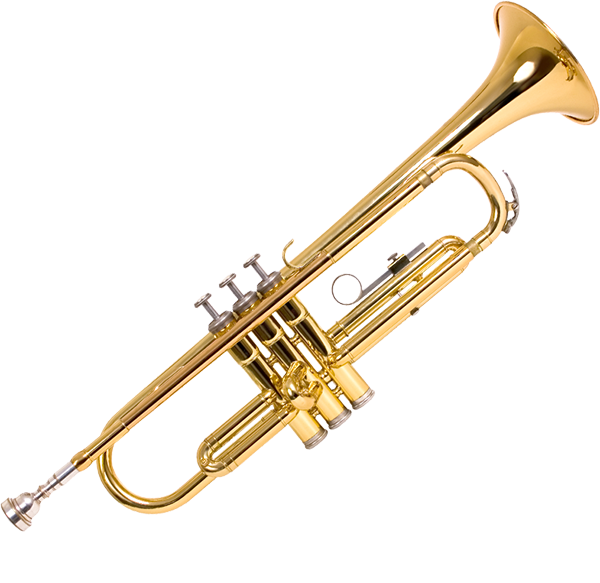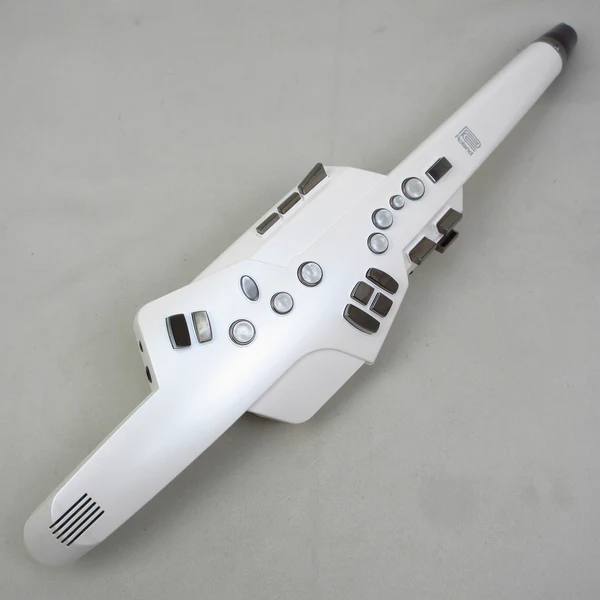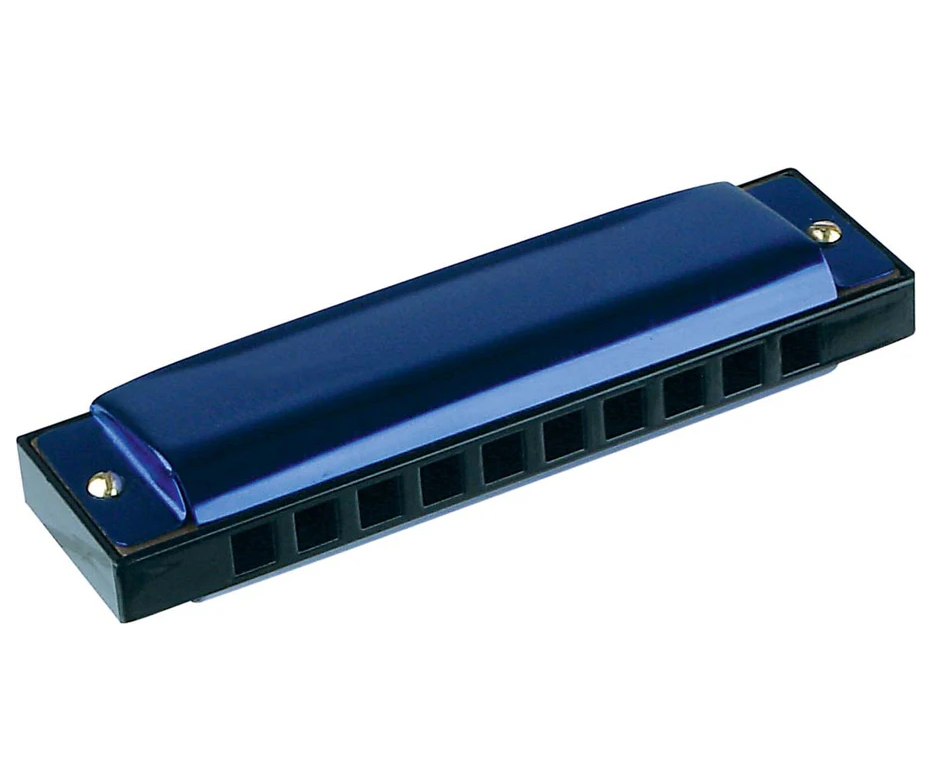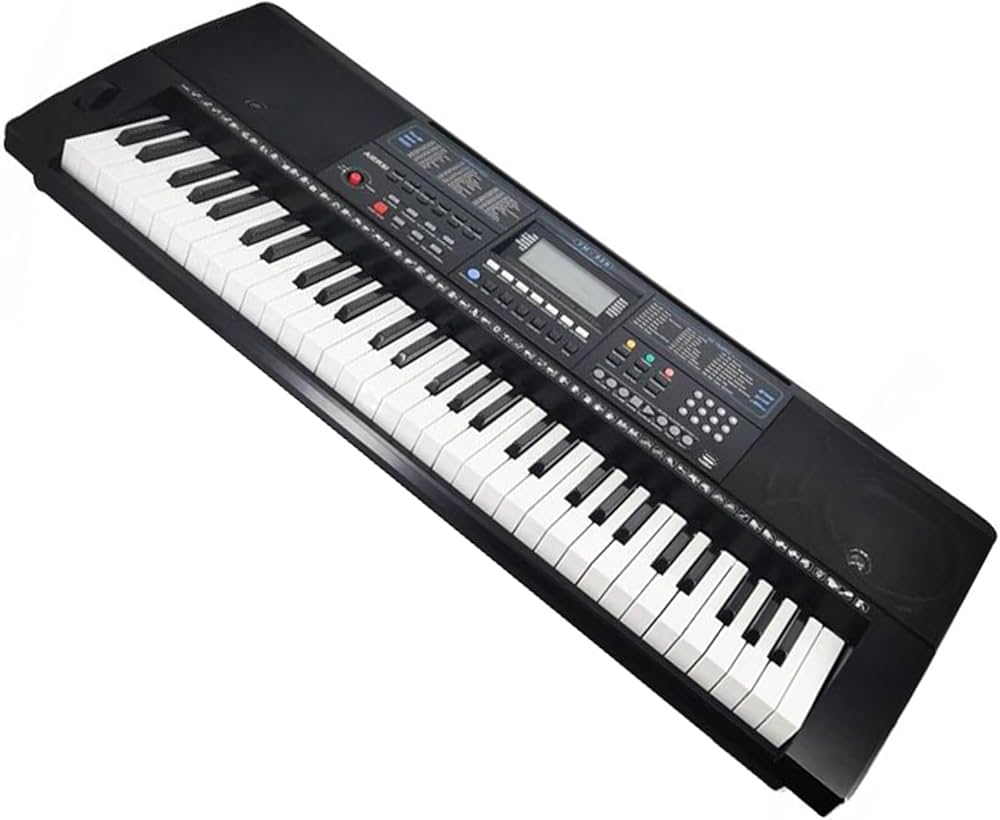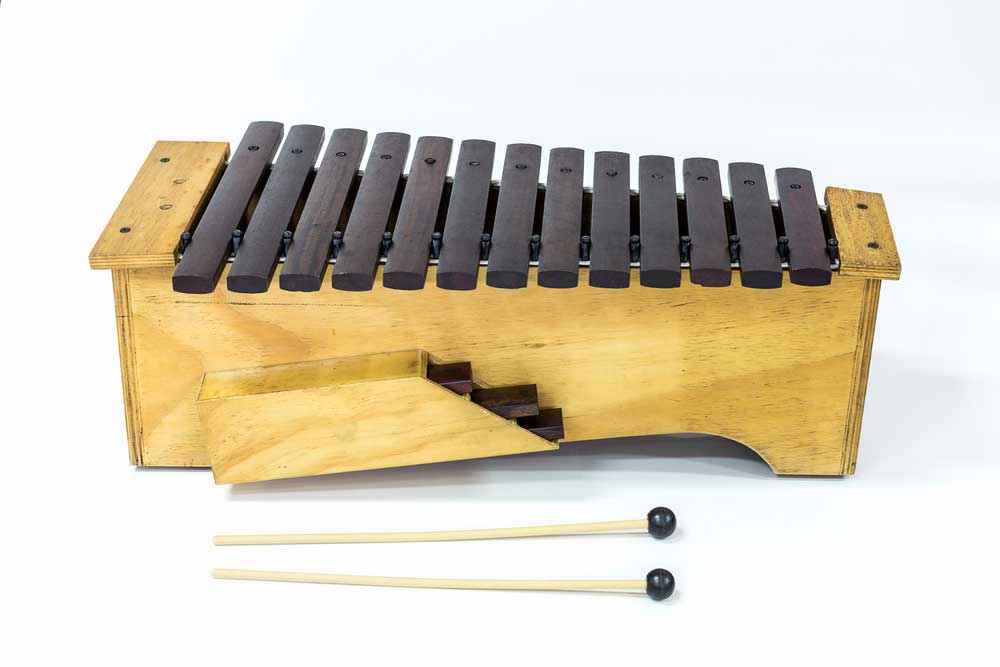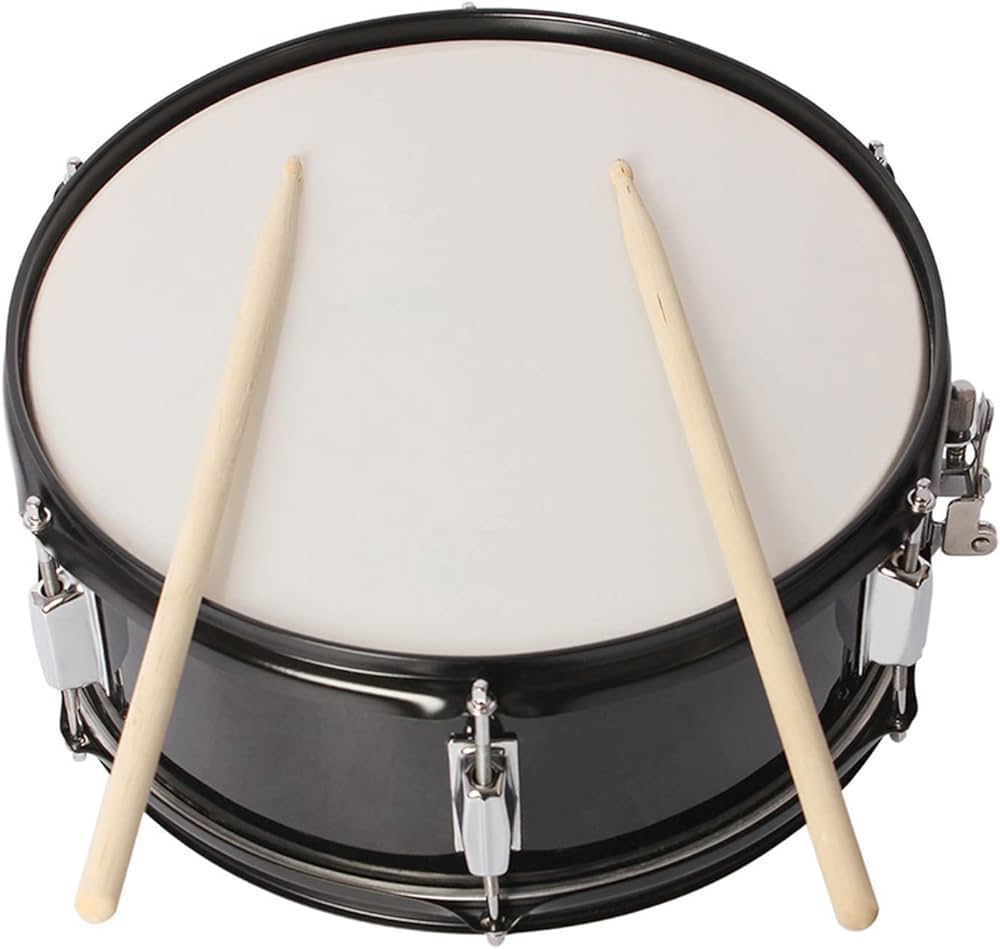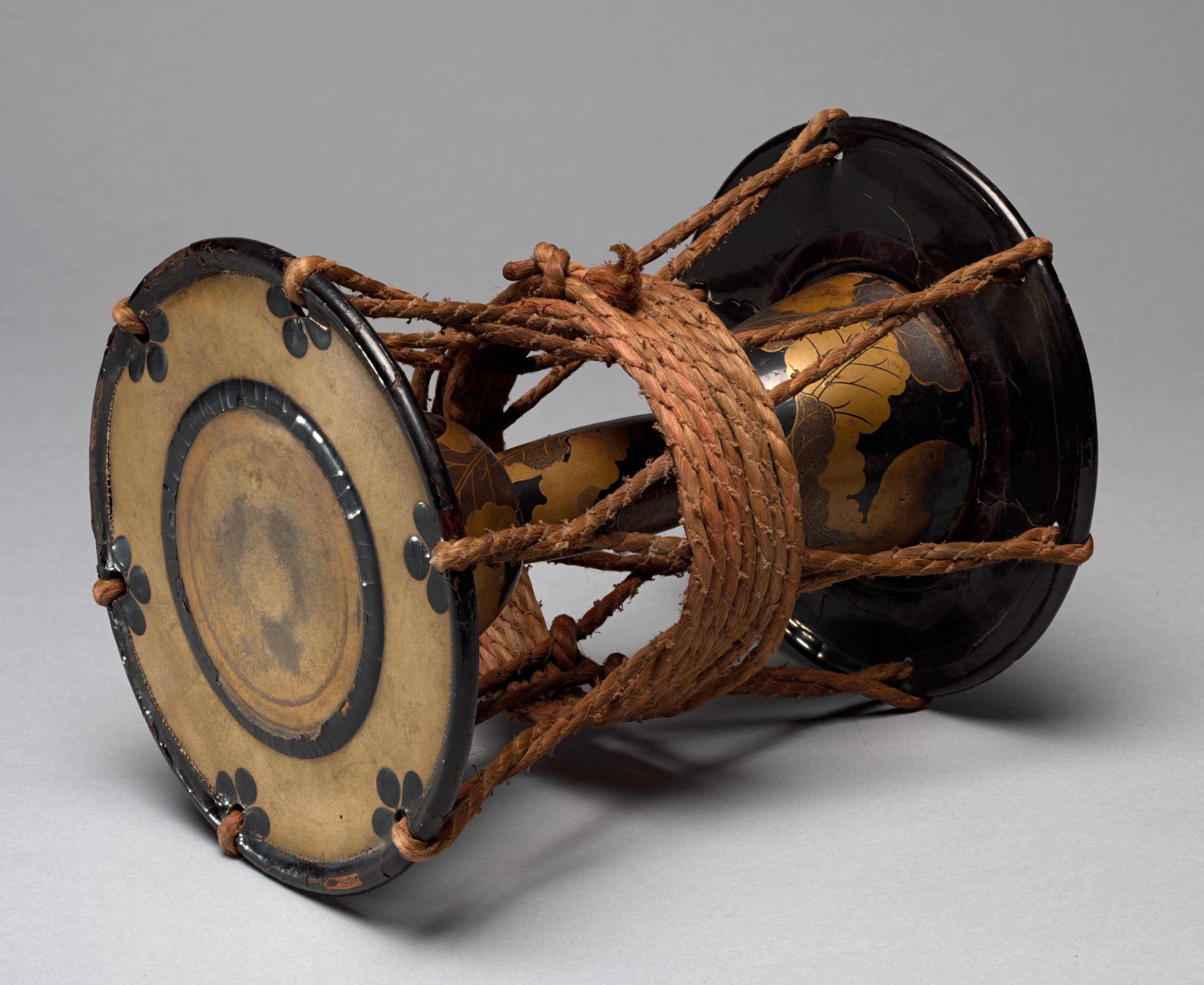Tsuzumi
Percussions
Asia
Between 0 and 1000 AD
Video
The tsuzumi is a traditional Japanese hand drum characterized by its unique hourglass shape and dual drumheads. It is an integral part of various Japanese musical traditions, particularly in theatrical performances such as Noh and Kabuki. The instrument is typically made from lacquered wood, and its sound is produced by striking the drumheads with the fingers or a mallet. The tsuzumi’s design allows for pitch modulation through the tension of the cords that connect the drumheads, enabling musicians to create a range of sounds that are essential for accompanying vocal performances and other instruments.
Type of Instrument
The tsuzumi is classified as a membranophone, which means it produces sound primarily through the vibration of its drumheads when struck. It falls under the Hornbostel-Sachs classification 211.212, indicating that it is a directly struck membranophone with two usable membranes. This classification highlights its role in producing rhythmic and melodic elements in various musical contexts.
History
The history of the tsuzumi can be traced back to ancient Asia, with roots believed to extend to India and China. It was introduced to Japan around the 7th century as part of cultural exchanges during that period. Initially, it was associated with gigaku, a form of theatrical performance that included music and dance. Over time, the tsuzumi evolved into a prominent instrument in Japanese theater, particularly during the Edo period (1615-1868) when it became essential in Noh and Kabuki performances.The tsuzumi’s development reflects broader historical trends in Japanese music, where it transitioned from a folk instrument to one used in formal theatrical settings. Its ability to adapt to different musical styles has contributed to its enduring popularity.
Construction
The Tsuzumi is characterized by its hourglass shape, which is typical of many traditional Japanese drums. It consists of a wooden body that is typically made from cherry wood, known for its durability and aesthetic appeal. The drum has two heads made from horsehide, which are stretched over the ends of the body and secured by iron rings. These heads are held in place by a cord system that allows for tension adjustments. The cords can be squeezed or released to change the tension of the drumheads, enabling the player to modify the pitch while playing. This construction method is similar to that of other drums in the sime-daiko family, emphasizing both craftsmanship and functionality. The Tsuzumi requires careful maintenance to ensure optimal sound quality. The drumheads are sensitive to temperature and humidity; therefore, players often breathe near the drumheads while playing to maintain moisture levels, which enhances sound resonance. Additionally, the instrument’s longevity is notable; with proper care, a Tsuzumi can last for centuries. Many professional musicians still use instruments crafted during Japan’s Edo (1615–1868) and Muromachi (1336–1573) periods.
Types
There are two primary types of Tsuzumi: the Kotsuzumi (小鼓) and the Ōtsuzumi (大鼓). This smaller version of the Tsuzumi is portable and typically used in Noh theater, nagauta (dance music), and traditional folk music. The Kotsuzumi is held against the right shoulder while being played. It produces a range of sounds by varying the tension on the cords with the left hand while striking the drumhead with the right hand. The larger counterpart to the Kotsuzumi, has thicker heads and produces a deeper tone. It is generally played on the left side of the body and struck with the right hand. The Ōtsuzumi’s sound is characterized by its powerful resonance, making it suitable for larger ensembles.
Both types share similar construction features but differ in size, sound quality, and playing techniques.
Features
The tsuzumi has several defining features:
Hourglass Shape: This unique design enhances resonance and allows for a wide range of tonal variations.
Dual Drumheads: The two heads enable complex rhythms and pitch modulation.
Cord Mechanism: Players can adjust tension on the heads using cords, allowing for real-time pitch changes during performance.
Moisture Sensitivity: The quality of sound produced depends significantly on humidity levels; players often maintain moisture through breath.
Cultural Significance: The tsuzumi is not only a musical instrument but also an important cultural symbol in Japanese performing arts.
These features make the tsuzumi a versatile instrument capable of producing intricate musical expressions.
Sound Production
Sound production in the Tsuzumi relies heavily on its unique construction and playing techniques. When a player strikes one of the drumheads with their fingers, vibrations are created that resonate throughout the wooden body. The pitch can be altered by squeezing or releasing the cords that connect to each head; tightening increases pitch while loosening lowers it.The Tsuzumi can produce a variety of distinct sounds based on where it is struck:
- Center Strikes: Hitting the center generates softer sounds like “pon” or “pu.”
- Edge Strikes: Striking closer to where the head meets the body produces higher-pitched sounds such as “ta” or “chi.”
Additionally, players may utilize techniques like rolls or rapid sequences of strikes to create rhythmic patterns that enhance musical performances.
Playing Methods
Playing methods for the Tsuzumi involve specific techniques that allow musicians to exploit its full range of sounds:
Holding Position: The Kotsuzumi is held against the right shoulder using one hand while being struck with the other hand’s fingers. In contrast, the Ōtsuzumi is typically held at hip level.
Tension Control: Players manipulate cord tension using their left hand while striking with their right hand. This control enables them to produce varied tones dynamically throughout a performance.
Striking Techniques: Musicians may employ different striking techniques depending on desired effects—using fingertips for softer sounds or applying additional pressure with thimbles for more pronounced impacts.
Breath Control: To maintain optimal sound quality during performances, players often breathe near the drumheads to regulate humidity levels effectively.
These methods highlight not only technical skill but also an intimate connection between the player and the instrument.
Roles in Music
The Tsuzumi holds significant roles in various musical contexts within Japanese culture. In Noh performances, both Kotsuzumi and Ōtsuzumi are essential components of traditional music ensembles. They provide rhythmic support that complements vocal performances and other instruments such as flutes (fue) and larger drums (taiko). Their unique sounds help convey emotions and enhance storytelling through music. Similar to Noh, Kabuki theater utilizes both types of Tsuzumi to enrich performances with dynamic rhythms that engage audiences. The drums contribute to dramatic moments within plays, heightening emotional impact. Beyond theatrical settings, Tsuzumi also finds its place in Japanese folk music (min’yō). Its rhythmic patterns accompany dances and celebrations within local communities, reinforcing cultural identity through shared musical experiences.
The Tsuzumi represents not just an instrument but also a connection to Japan’s rich cultural heritage. Its historical significance reflects centuries of tradition, craftsmanship, and artistic expression.
FAQ
What are the key features of the Tsuzumi?
The Tsuzumi features an hourglass shape with dual drumheads that allow for pitch modulation through cord tension adjustments. Its sound quality is influenced by humidity levels, requiring players to maintain moisture on the drumheads during performances.
What role does Tsuzumi play in Japanese music?
In Japanese music, Tsuzumi serves as both an accompaniment for vocalists and other instruments during theatrical productions like Noh and Kabuki. It also plays a significant role in cultural expressions during traditional ceremonies.
Who are some famous players of Tsuzumi?
Famous players include Katsuya Yokoyama and Yoshikazu Iwamoto, who have contributed significantly to promoting Tsuzumi through performances and educational initiatives within traditional Japanese music.
 Links
Links
References
Other Instrument
Categories

